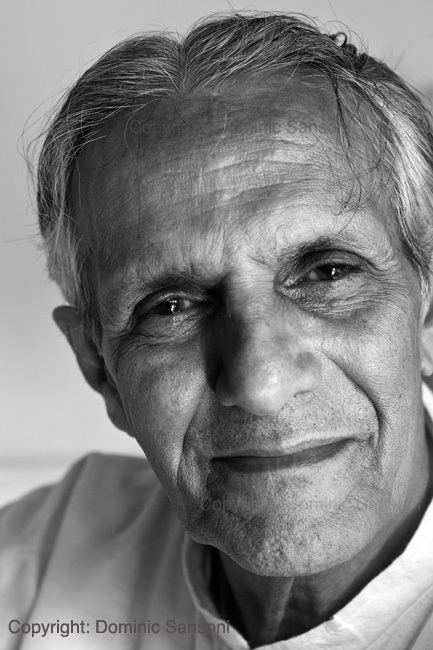Nationality Sri Lanka Occupation Architect | Name Valentine Gunasekara Role Architect | |
 | ||
Education Architectural Association School of Architecture, Royal College, Colombo | ||
Valentine Gunasekara (born 31 January 1931) is a Sri Lankan architect. He became very influential in his country's architecture history in the post-independent period.
Contents

Early life
Valentine Gunasekara was born to an elite Catholic family in colonial Ceylon. His father, Danny Gunasekara was a landed proprietor who had lost his wealth in the Great Depression of the 1920s. He died when Valentine was 2½ years old, and Valentine's mother had to raise a family of eight children on her own.
Valentine Gunasekara was educated at the Royal College Colombo, a school modeled on a Victorian grammar school predominantly attended by the children of the rich and privileged of the Ceylonese society of the time. He studied at the Architectural Association (AA) school in London and became a modernist architect. He had further participated in the course on tropical modernism run by Maxwell Fry at AA Tropical School.
Career
Valentine Gunasekara began his architectural career as a partner in 1959 alongside the Sri Lankan architect Geoffrey Bawa in Edward, Reid and Begg (ER&B). In 1965, he won a Rockefeller grant and spent the whole of the following year touring the United States and personally meeting famous American architects such as Louis Kahn, Kevin Roche, Charles Eames, Richard Neutra, Paul Rudolph, Phillip Johnson, and Kevin Roche. He then set the goal to create a new architectural style for his country based on Modernism, thus becoming one of the country's boldest expressionist modernist architect.
Owing to his conflicts with Geoffrey Bawa at ER&B, he withdrew from the practice in 1969 with eight others and commenced to set out on his own. Christopher de Saram joined his practice from 1969 to 1974. They collaborated on an array of projects, including the Tangalle Bay Beach Hotel in Tangalle, Southern Sri Lanka. Jayati Weerakoon became his lead structural engineer, and the two worked together in numerous complex projects.
In the early 1980s, Valentine Gunasekara worked in Nigeria on government.
He became a teacher in Wentworth College, a small private school in Boston, and later moved away and retired in 2002 in California.
Style
Valentine Gunasekara deployed the novel methods of designing that he had picked up from his working stint in the States, such as design development through models. Regarding the in-built special qualities of old buildings such as walauwas, temples, monasteries and colonial buildings through redeployment of some of their architectural components, Valentine disliked most traditional design concepts relating to the basic constituents of form. Downward or overhanging roof slopes of traditional verandah spaces was the most problematic as well as disturbing for him and wanted these roofs and ceilings to open out to allow the beauty of the surrounding to fill in the space. Valentine considered that the spatial progression of a building at the boundary, where inside meets outside, is something that has to be more fluid, and this was achieved by raising the canopy or the roof edge up to ensure the outward draw.
Anusha Rajapaksha categorizes the evolution of Valentine Gunasekara's architectural concepts into three chronological phases: He was in constant quest for new spatial concepts that could be created with the innovative technology and material of the time such as glass and reinforced concrete. His portfolio consists of a number of domestic buildings of the Modernist discourse. These were done mainly for the new elite-class of the country and they bear witness of the gradual path to his sculpturous and expressionist or in other words, rather raw forms of Modernism achieved during the last phase, having commenced from more tolerable counterparts of the first two phases.
The architecture of Valentine Gunasekara is often compared with Geoffrey Bawa, as the latter is conceived as the antithesis of the former.
Private life
Valentine Gunasekara married Ranee Jayamanne in 1962, and they had eight children.
